The new findings contradict most observations of supermassive black holes, making this an unprecedented discovery.
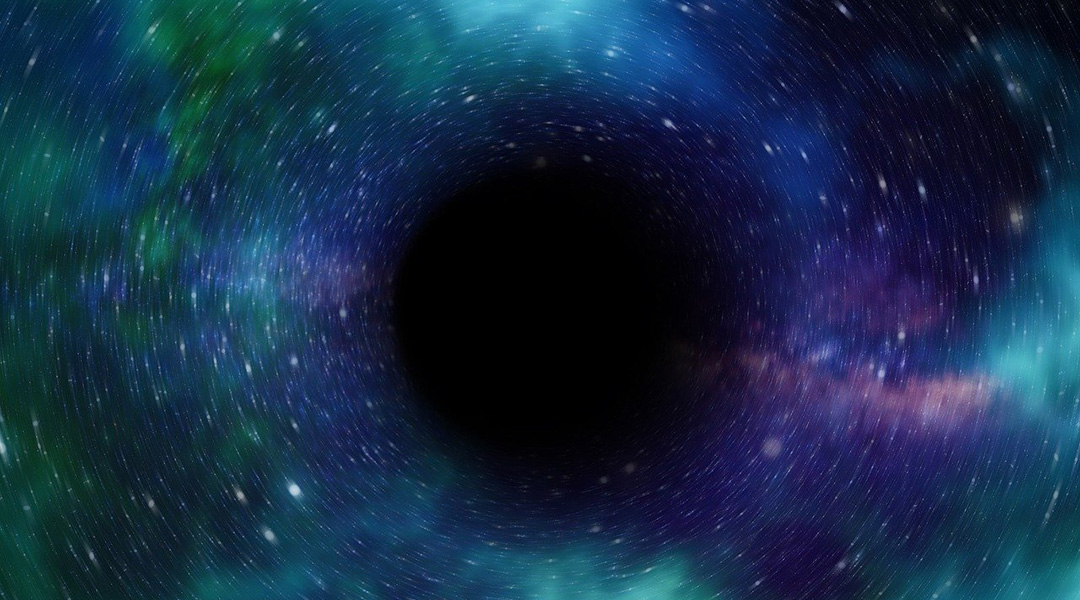

The new findings contradict most observations of supermassive black holes, making this an unprecedented discovery.
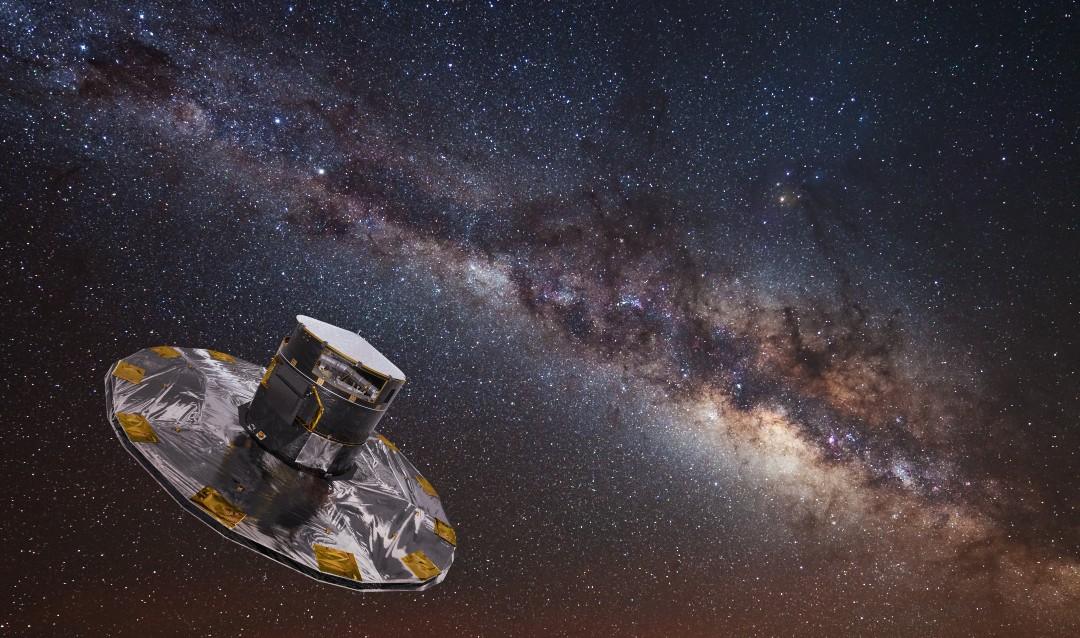
Astronomers used the Gaia Space Telescope to say “you are the father” by tracing hot young stars back to their place of birth.
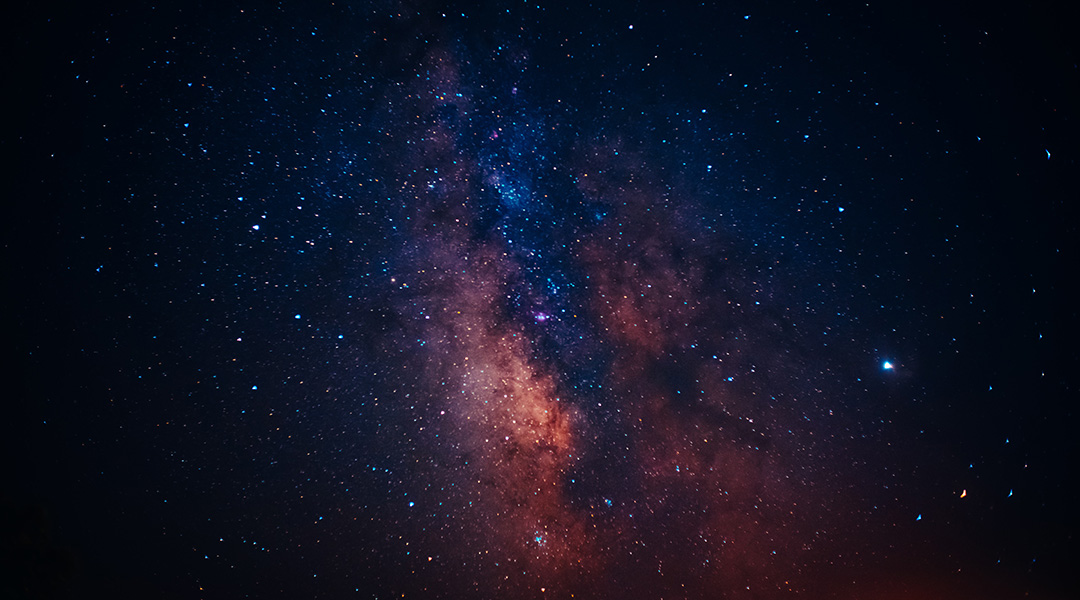
The twenty gravitationally connected galaxies extend through the early Universe for millions of light years.
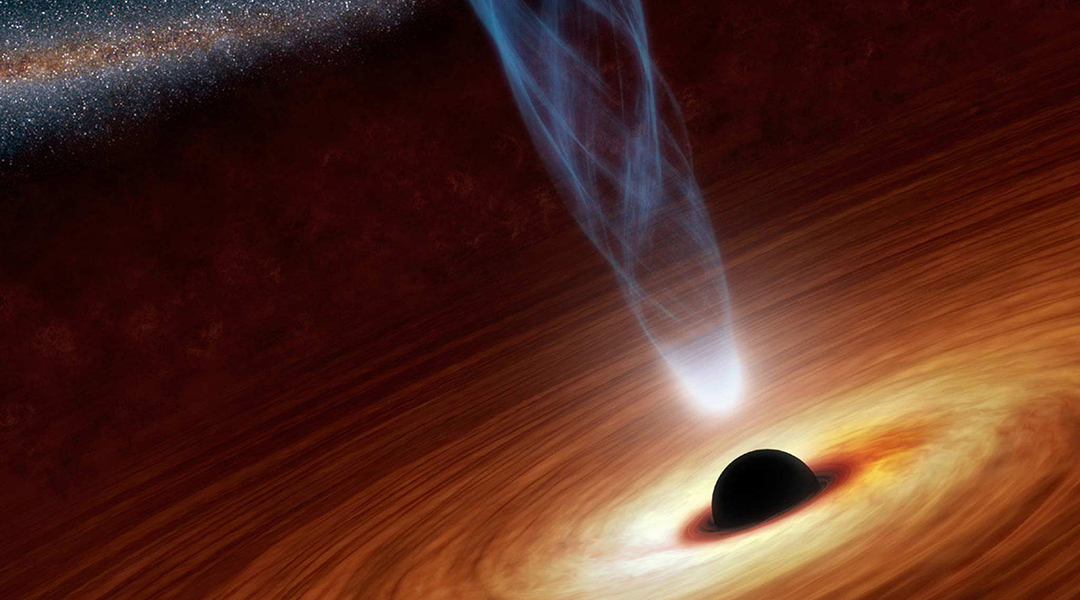
The burst of energy seems to represent the event horizon of the supermassive black hole in M87 extending outwards, suggesting how black holes could “leak” energy.
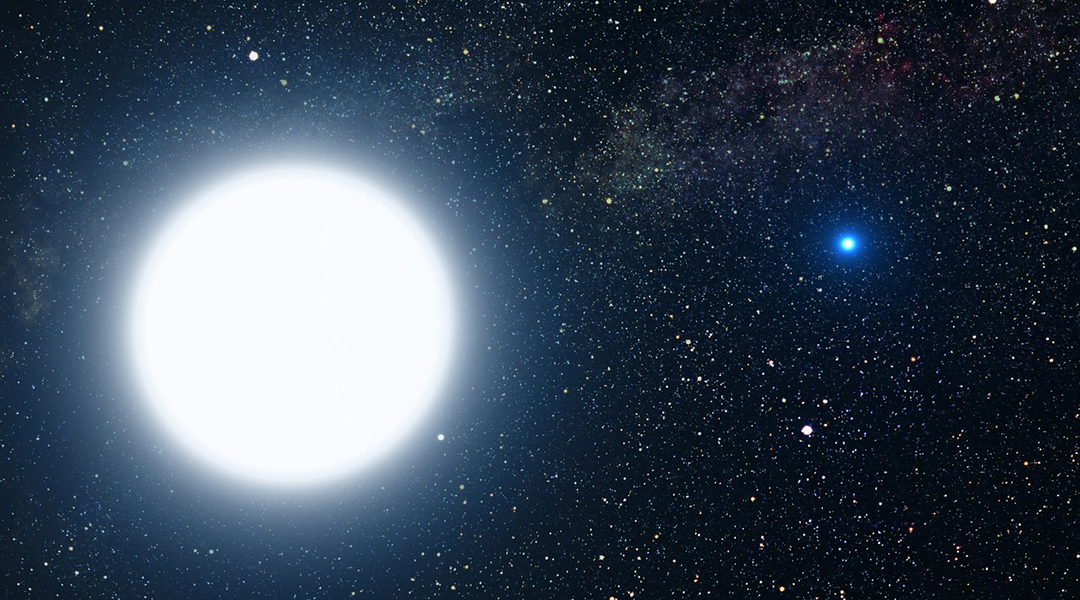
Due to their incredible density, astronomers believe white dwarfs might make the perfect dark matter detectors.
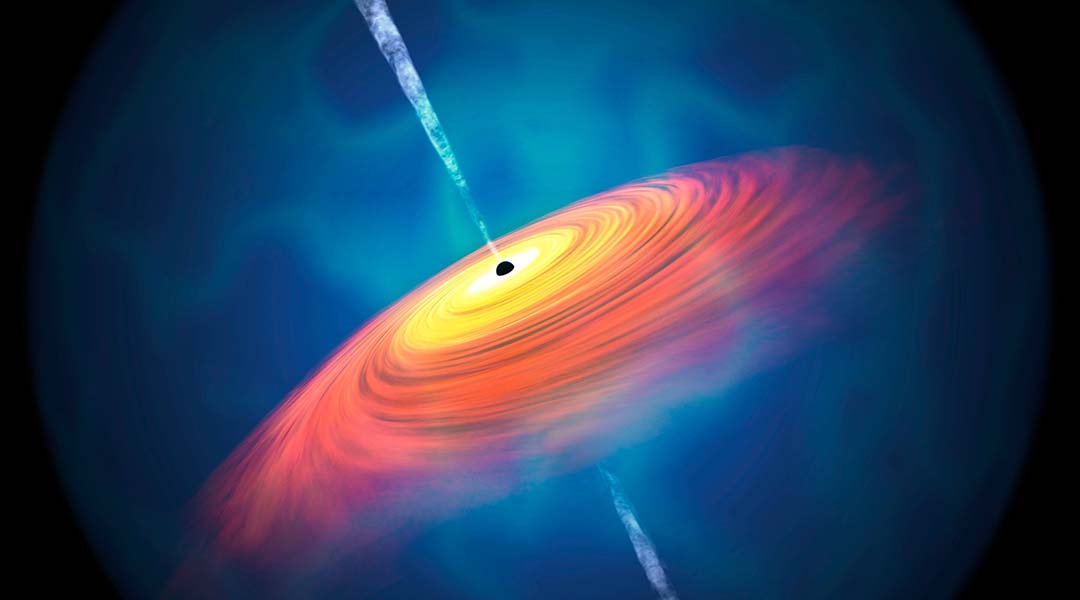
Scientists have only observed supermassive black holes one billion years after the Big Bang, but astrophysicists have now breached this barrier.
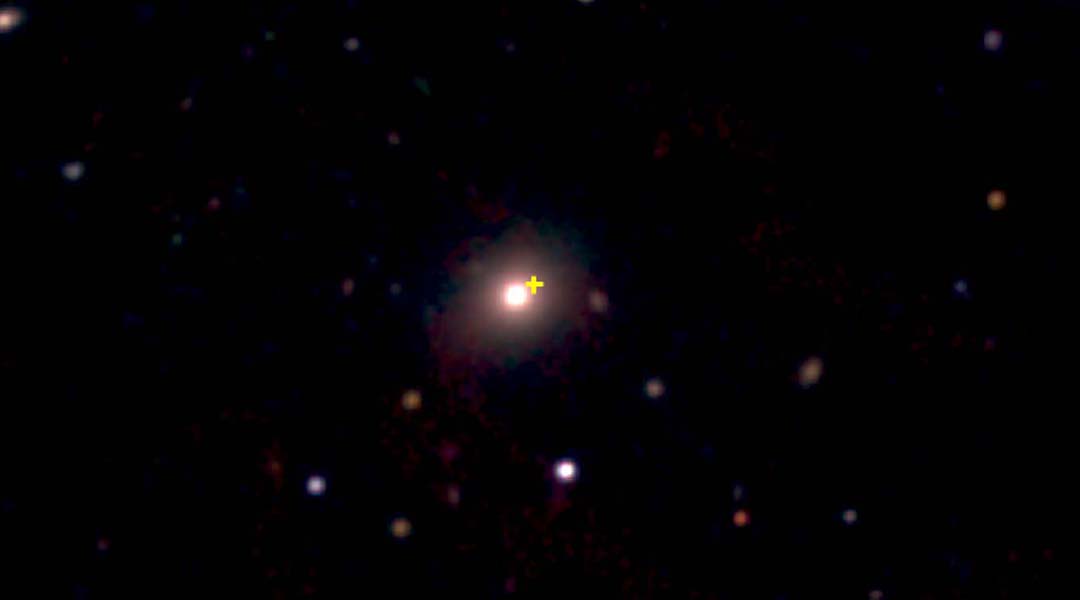
The rare but extreme blast that outshone most supernovas originated two billion light years away and has been classed as a “Luminous Fast Cooler”.
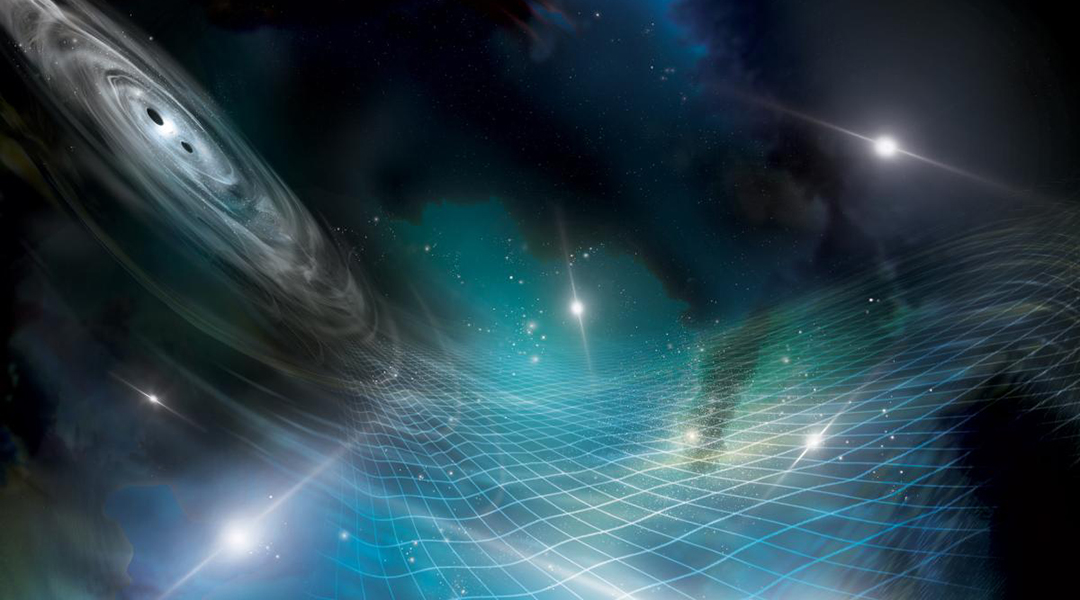
The universe is ringing with gravity, but humanity is only just beginning to hear the nuance of this cosmic symphony.
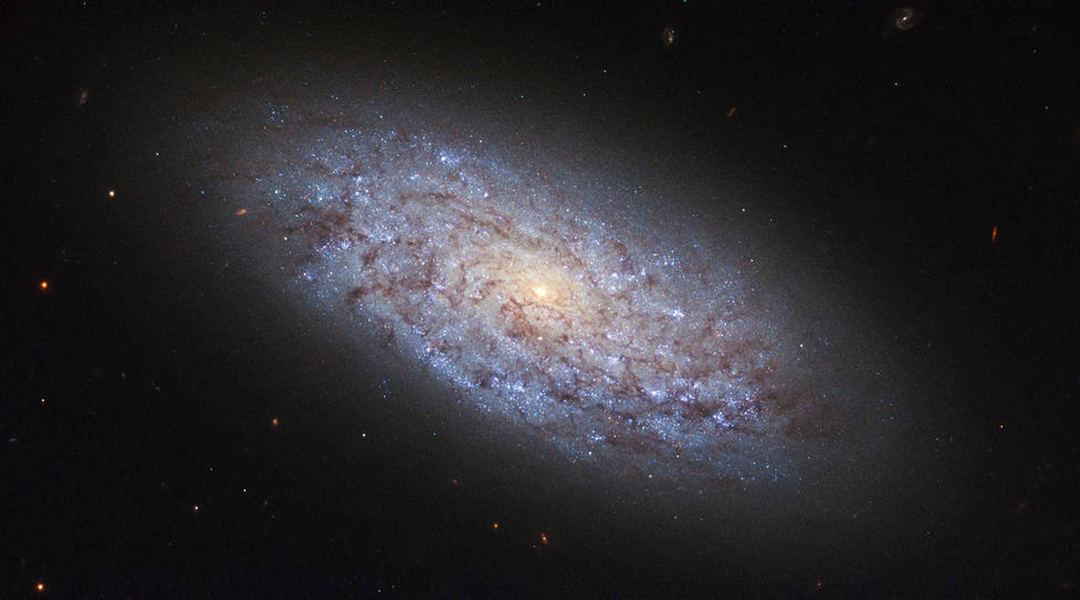
Using the galactic glow of dwarf galaxies, researchers investigate a hypothetical particle called an axion as a possible contender for dark matter.
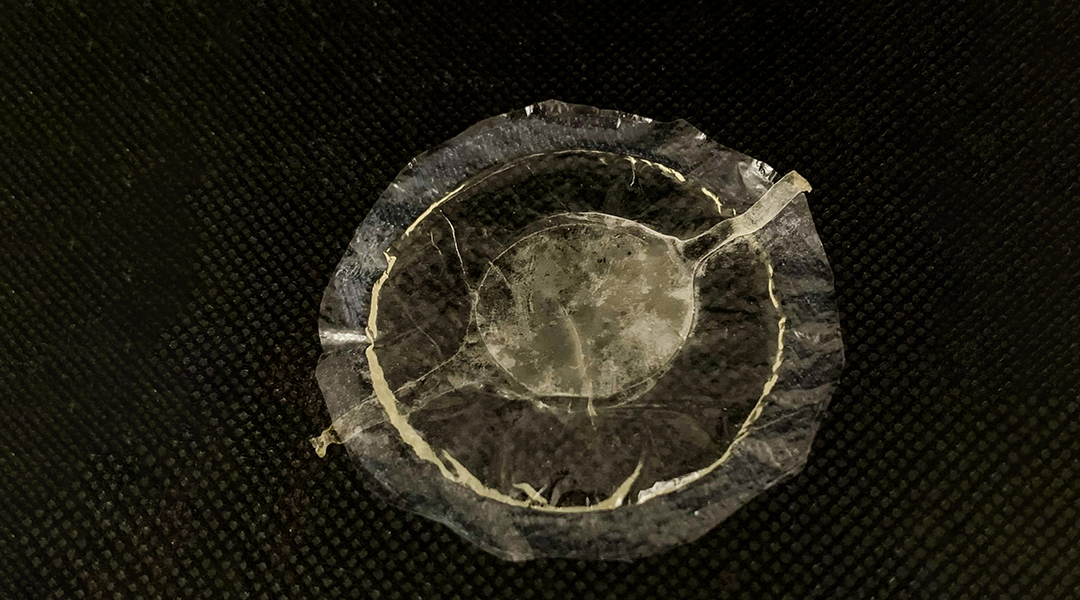
A soft, biodegradable actuator that could drive the motion of biodegradable robots and a future in symbiosis with human operators.